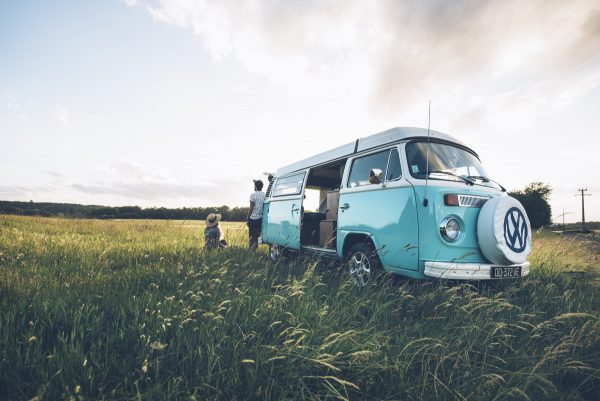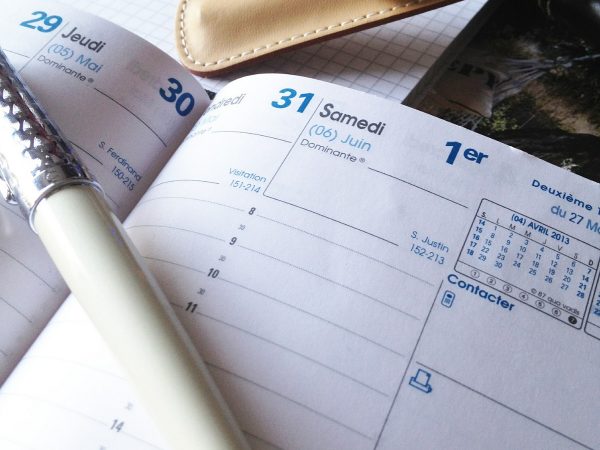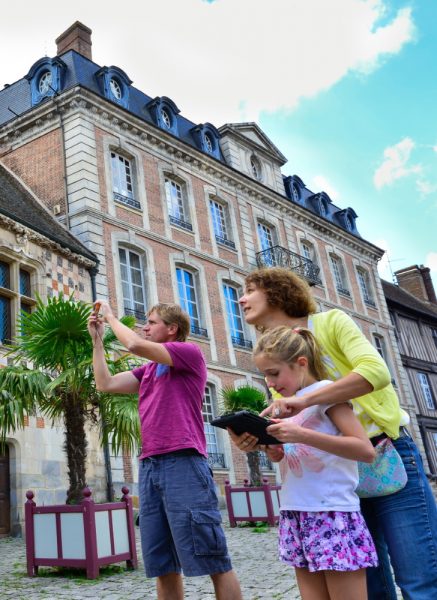In Breteuil-sur-Iton (belonging to the new town of Breteuil), nature and the built heritage coexist in true harmony. This ancient fortified city, developed by the cousin and close advisor of Guillaume Le Conquérant, is a small Norman city surrounded by water and ponds. It has a beautiful medieval heritage, but also remarkable monuments of the XIXrd century. A 2,5 km historical circuit reveals many of these wonders of yesterday and today. Follow me !
Equipped with the historical circuit brochure (see end of the article), I start my walk from Place Laffitte. On this bright and vast square, shops, services and restaurants have always come together. Indeed, it was formerly called the Place de la Halle because, in its middle, stood a vast Hall of Merchants.
The lapping of the water catches my attention. A pretty fountain sits in the center of the square and announces the color: Breteuil is a city where water and nature have their rights.
Here stands the Town Hall. In my eyes, it is undoubtedly the strangest monument in southern Normandy. Strange, or rather unusual, because this Town Hall looks like a neo gothic chapel. The building, listed as a Historic Monument, was built in the 1860s, in place of the Hôtel Dieu chapel. The latter welcomed the sick, beggars and pilgrims. It is in memory of this time that the current building takes on this remarkable architecture.
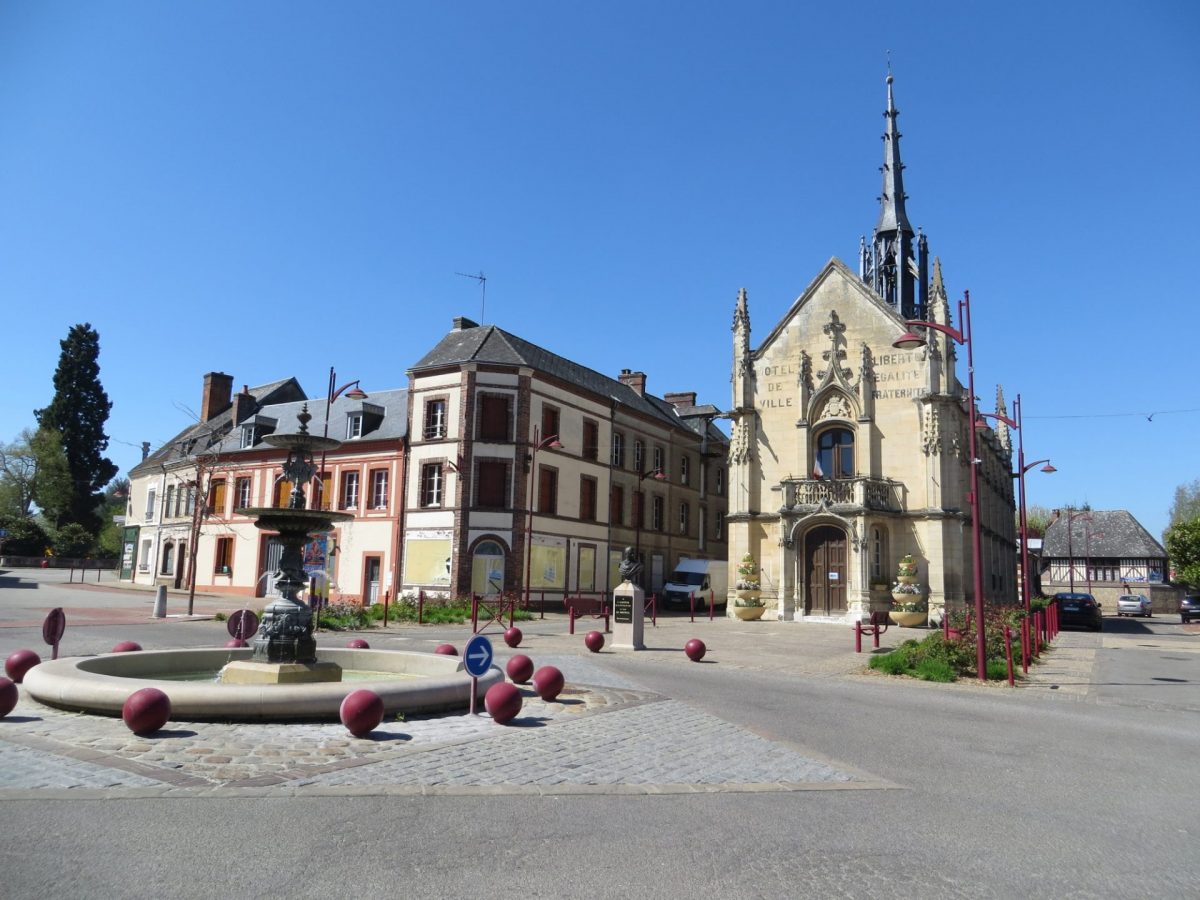
I walk along the noble building and head towards the rue des Lavandières which is aptly named since it borders the Iton canal where there are still two washhouses. To meet the needs of the population as well as the necessities of defense, William the Conqueror had this canal dug, around 1030, higher than the natural course, bypassing the waters of the Iton, downstream from Francheville, to supply the ditches. from Breteuil. This passage at the edge of the water, nicely flowered, is very pleasant. Even more pleasant when I notice the presence of the square tower, one of the vestiges of the medieval fortifications of the city.
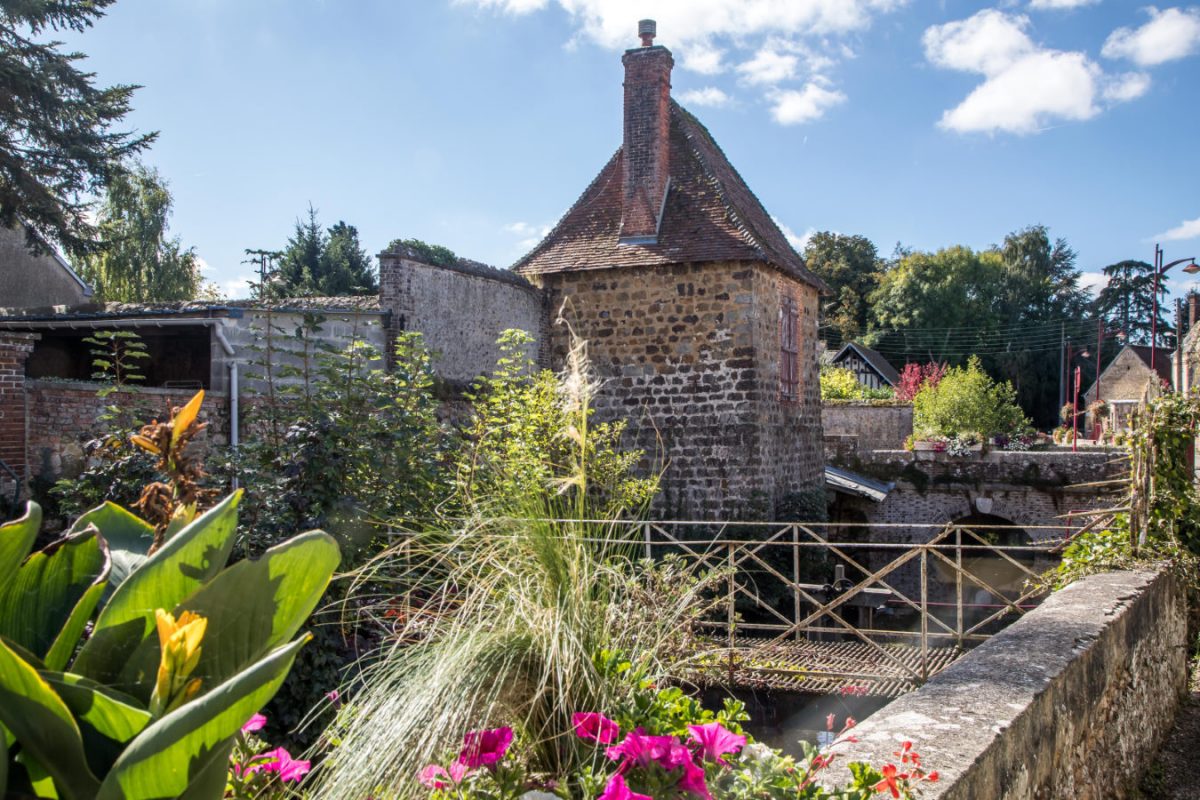
At the edge of this canal, raising my head, I am seized by the vision of this immense grassy alley which opens from the rue des lavandières to the municipal school, 350 meters further. These are Les Plesses, which were a place for walking and leisure from the XNUMXth century.rd century. An authentic green hole in the middle of the city center!
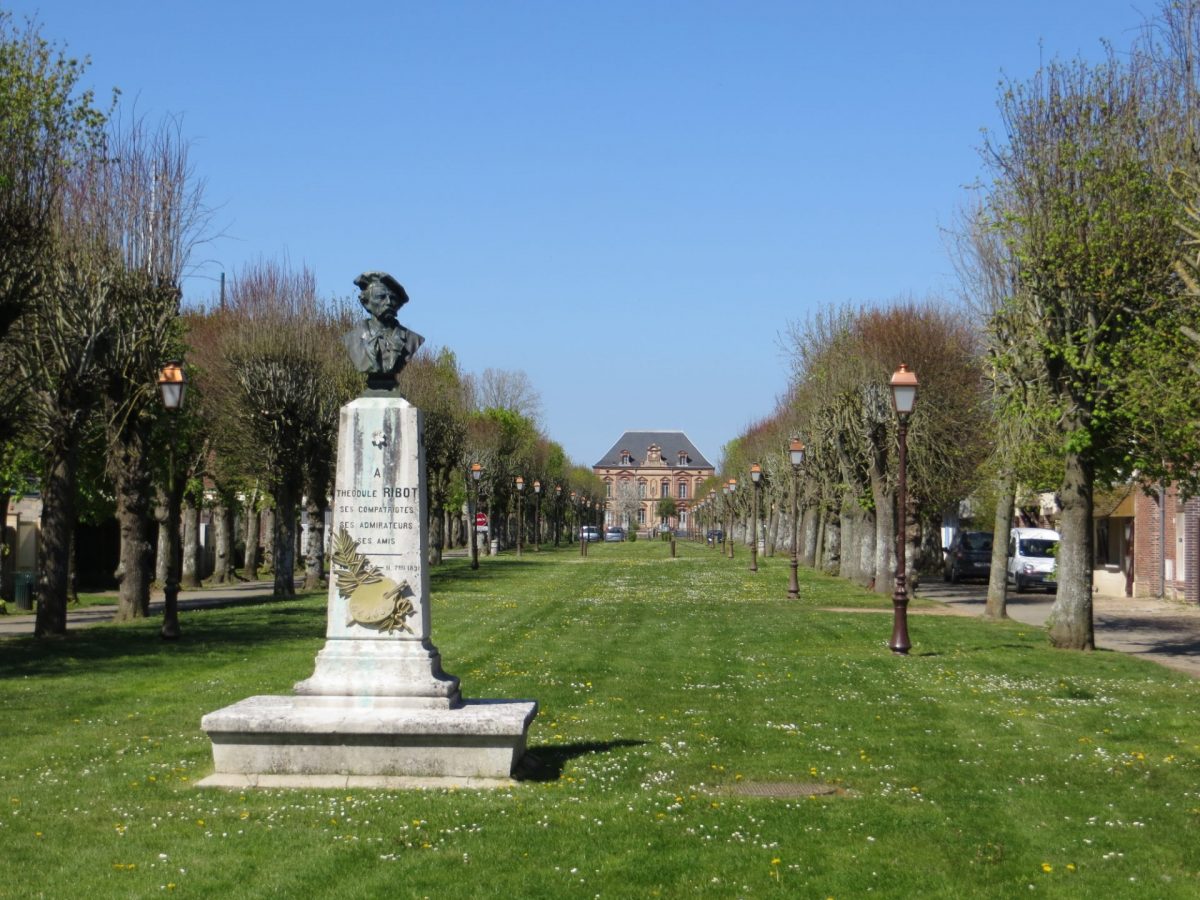
On my right, on the banks of the Iton and Plesses, is the Vie et Métiers d'Autrefois Museum. Here more than 35 trades and scenes from XNUMXth century liferd and XXrd centuries are exposed and told by a passionate collector. A great experience that I was able to live during a previous visit (read this article).
I continue my walk towards Place Pillon de Buhorel. Between the Post Office and the village hall, behind the war memorial, a small green space invites me to enter the public garden. Apart from the fat laughter of a handful of ducks and the discreet trickle of the canal that you have to cross to enter it, nothing lets guess the magnificent park that is hidden behind. Once again, I am struck by a feeling of escape from this vast green expanse that opens up before me!
This garden crossed by beautiful tree-lined paths, shelters a 3,5 hectare pond with shaded banks and dotted with peninsulas. An abundant flora and fauna colonize the banks classified Natura 2000 and, recently, classified Sensitive Natural Area. A real Garden of Eden nestled in the heart of the city! In a few months, an educational trail will extend this nature walk over 2,5 km. I will come back to this subject in another article ...
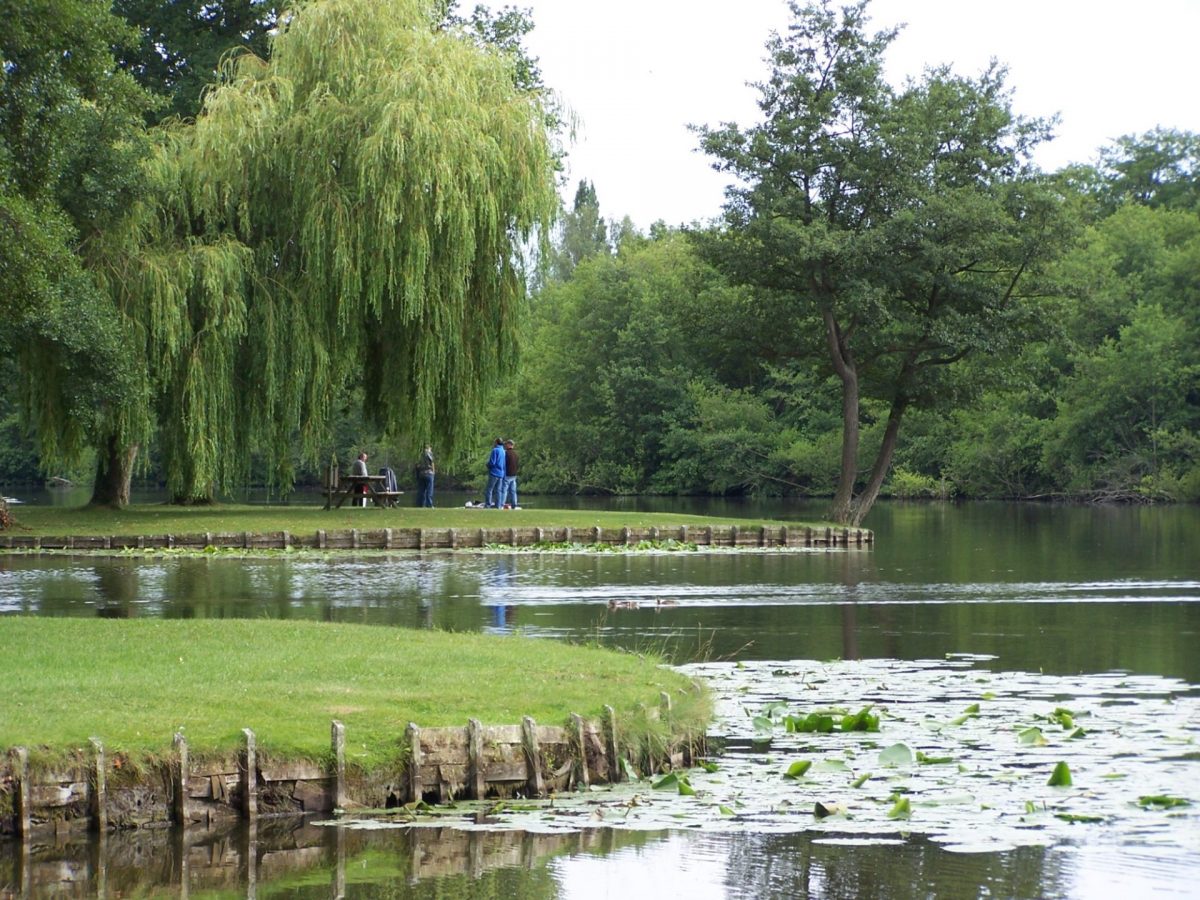
Leaving the park, I see on my right an imposing red brick castle adorned with numerous sculptures. It is the former home of the Buhorel family. There is no doubt that this magnificent building would make a formidable cinema backdrop for a scenario taking place in the XNUMXth century.rd century.

And since we are talking about the 7rd art: at this precise point of the circuit, just behind my back, is the Lux. The facade of this communal room resembles that of a dark room dedicated to Bourville, the famous Norman actor. You should know that the film "Le Trou Normand" (1952) was partly made in Breteuil. Photographs of the shoot are also exhibited on the wall of the restaurant Au Feu de Bois (place Laffitte) and on the gate of the IPTP (rue d'Urclé). Proof that the city appeals to filmmakers.
I reach Place Laffitte again and take rue Girard at the end of which I discover vestiges of the industrial heritage of the XIXrd century. I admire in particular at n ° 79, this astonishing facade of nicely worked bricks. This is a former repository of Mr. Pillard Soulain's activities. His personal residence is located a few meters further on, in the rue du Docteur Brière. Dated 1868, the facade of this huge property gives me clues about the profession that this man exercised: stonemason's mass, compass, square, plumb line are carved on the gable ...
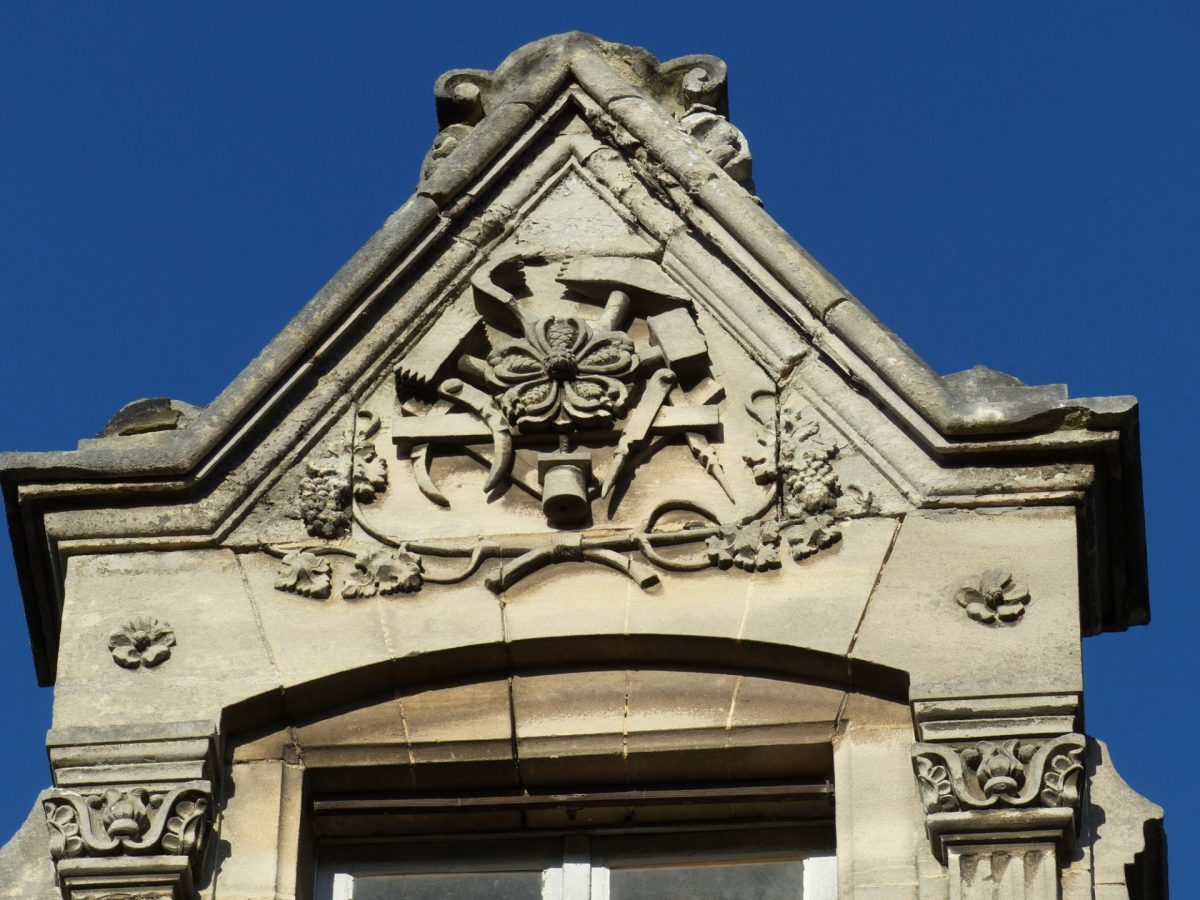
I now walk along rue Gambetta and discover at n ° 58, the Maison d'Orléans. I am impressed to know that this is a former royal residence! Built between 1842 and 1845, it was the property of King Louis Philippe and the seat of the administration of the Breteuil forest which he owned.
In the rue du Moulin, I have another rendezvous with water and greenery. In addition to the cemetery - which houses the tombs of the city's great benefactors and donors - or this old mill transformed into a residential building, this peaceful residential alley offers a magnificent view of the city and its church.
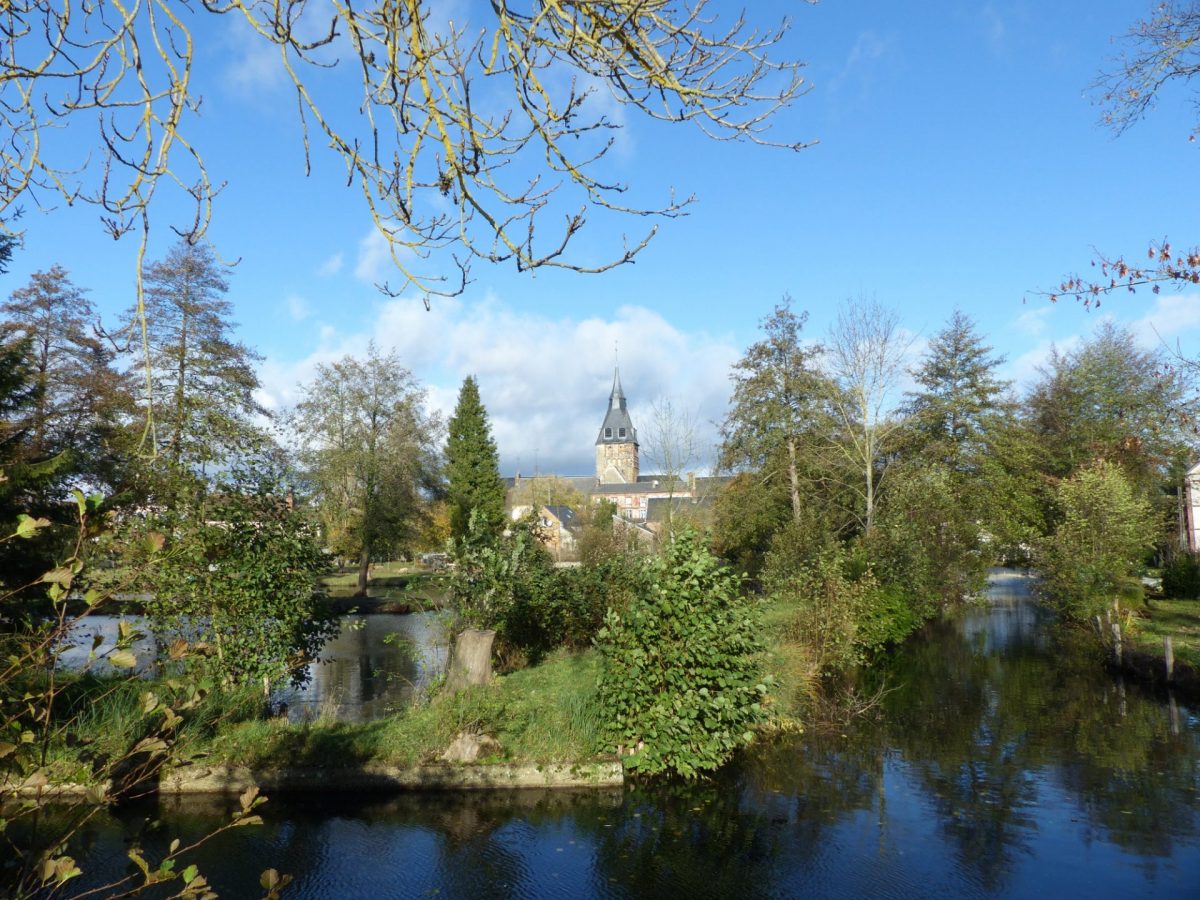
This place, which we call La Bonde, is the spillway of the small pond. Here, the water winds between the houses and the islets of land where a few sheep graze and a few ducks bicker. The remains of old winnowing are at your fingertips. I've never come so close!
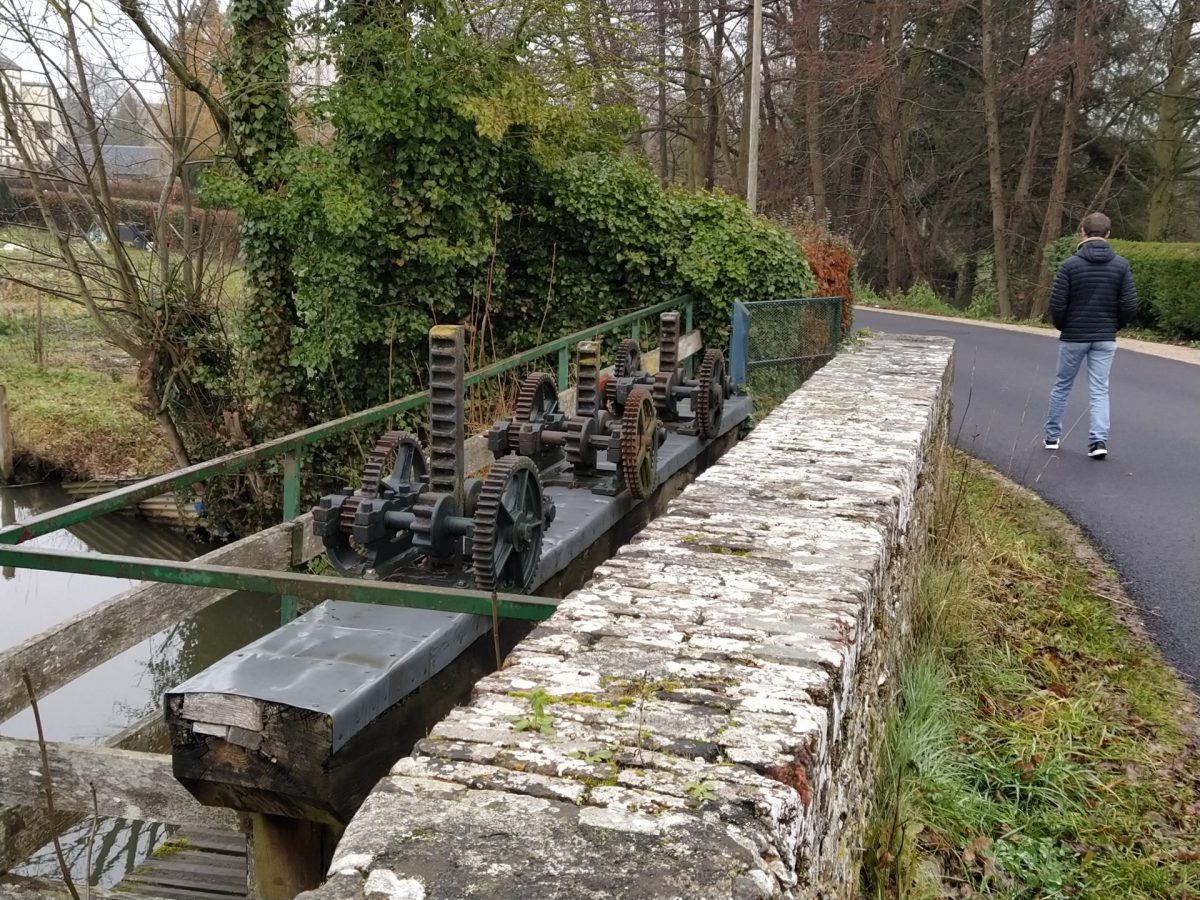
The street leads to the St-Sulpice church. Its brown color is due to the use of grison, a material that is found in abundance in the soil of the region. This stone contains small pieces of flint linked together by a ferruginous paste which, by oxidizing, gives it its red color. My imagination lets me glimpse the silhouette of Bretolian archers at the top of the imposing bell tower. In fact, when it was built, William of Conqueror planned to combine the useful with the pleasant: a church to celebrate the union of his daughter Adèle with Etienne de Blois (1086), surmounted bya watchtower to monitor the surroundings of the fortress.
This church listed as Historic Monuments, is open every day. My curiosity pushes me to cross the threshold. I am again struck by the volumes of the building. I suddenly feel very small and I walk quietly so as not to disturb the tranquility of the place. On leaving, the great organ (XVrd century), one of the oldest in Normandy, faces me. I admire on the organ case the figures of Indians from Brazil recalling the contacts established by the Norman navigators with the New World.
![]()
© Eye Eure Productions ![]()
© Eye Eure Productions
I continue the walk in the rue Aristide Briand where a succession of beautiful Norman half-timbered houses, bricks and tiles. I have fun observing the details of the inscriptions and emblems of bourgeois families. The diversity of materials, styles and colors concentrated in this small street leaves me speechless!
At the corner of rue Paul d'Urclé and rue du 11 novembre, surrounded by its railings, is the old castle of Bonald. I had the chance to discover this establishment during an open door during Heritage Days. The discovery of its history left me with very moving memories. It is said that Henri IV would have spent there the night before the battle of Ivry, but the origin of this bourgeois house dates back well beyond 1691.. First a family home, then a summer camp, the castle was requisitioned during the Second World War to make it the “Komandantur”. One of the rooms served as a prison and the cellars as a place for the resistance fighters to question. From 1972, the Richard Baret association took over the premises to make it a Therapeutic, Educational and Pedagogical Institute. Even today, this magnificent property welcomes children, adolescents or young adults who present psychological difficulties disrupting their socialization and their access to education and learning.
This walk was a succession of surprises and discoveries. Between old stones and green spaces, Breteuil deserves its title of Green Holiday Resort more than ever !
Many other gems are to be discovered in this pretty Norman city : the castle site where many herons nest, the busts of great men such as Théodule Ribot or Jacques Laffitte, the media library Le Kiosque whose terrace offers a magnificent view of the pond, the playground of the public garden where the most young people indulge in the joy of the zip line, the street of the station where vestiges of the old railway line remain….
An 8-page document detailing this tour is available free of charge at the Maison d'Information du Public de Breteuil (02 32 29 82 45), at the Breteuil Town Hall (place Laffitte), at the Normandy Sud Eure Tourist Office (02 32 32 17 17). A game booklet for children aged 7 to 12 is also available free of charge to follow this circuit while having fun. Download the documents here.
